A significant shift is approaching for the global Windows user base. Microsoft has set Tuesday, October 14, 2025, as the official end-of-support date for Windows 10, its operating system currently running on hundreds of millions of computers worldwide. After this date, these machines face increased security vulnerabilities as critical updates cease flowing from Microsoft’s servers.
The company’s solution involves pushing users toward Windows 11—available as a free upgrade for compatible hardware. However, hardware requirements create a substantial barrier, leaving many functional computers unable to make the transition.
“The end of support for Windows 10 is shaping up to be a disaster for both consumers and the environment,” said Nathan Proctor, senior director at US consumer group PIRG. His concerns reflect broader anxieties about forced obsolescence and electronic waste.
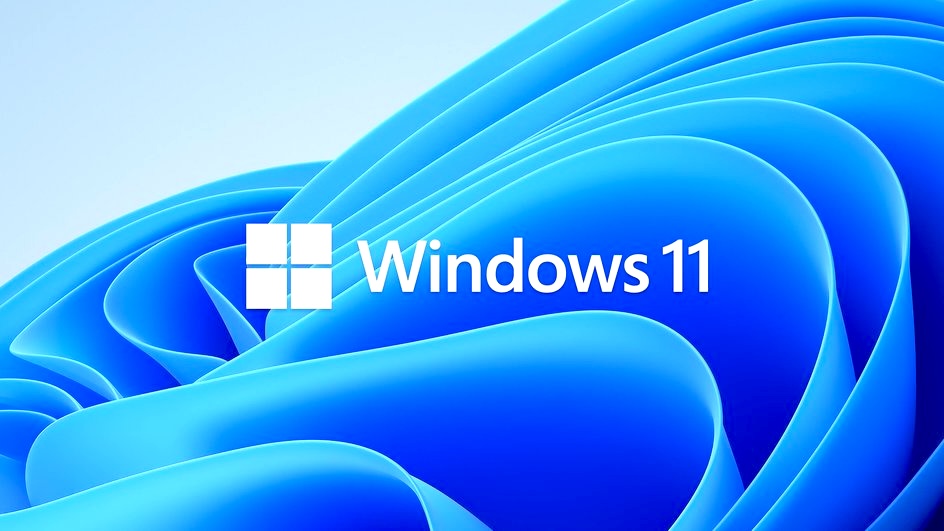
Understanding the Scale of Impact
Windows maintains its position as the dominant computer operating system globally, with Microsoft reporting usage across more than 1.4 billion devices. As of July 2025, approximately 43% of these systems were still running Windows 10, according to data from Statcounter.
The UK alone faces significant disruption, with consumer guide Which? estimating around 21 million people continue using Windows 10. A September survey conducted by the organization revealed that roughly one-quarter of these users plan to keep using the operating system even after official support disappears. Meanwhile, about one in seven indicated intentions to purchase new hardware.
Consumer advocacy groups have voiced sharp criticism regarding this support cutoff, pointing to unnecessary financial burdens and environmental consequences. “People are tired of living in a world filled with short-lived devices we can’t fix, or lose software support or are otherwise forced into the waste stream,” Proctor explained. He campaigns for right-to-repair legislation in the United States and added: “We deserve tech that lasts.”
Your Available Options Moving Forward
Microsoft is presenting personal users with two primary pathways: transition to Windows 11, or enroll in Extended Security Updates for an additional 12 months. Both options can be accessed through the “Privacy and Security” section within your system settings.
PC owners with hardware that meets Windows 11 requirements can upgrade without cost. The catch? “Many people will have to purchase new devices—despite the fact that their current computers work just fine,” Proctor noted. This hardware incompatibility stems from specific requirements Microsoft established for Windows 11, including TPM 2.0 chips and newer processor generations.
For those wanting to delay the upgrade or using devices incompatible with Windows 11, an alternative exists: Extended Security Updates (ESU). This program maintains critical security patches through October 2026, though it excludes technical support and feature updates beyond security fixes.
Access to ESU varies by region and circumstances. Users residing in the European Economic Area receive it free upon registration. Other users can access it at no cost by meeting three conditions: updating to the latest Windows 10 version, maintaining a Microsoft account, and backing up PC settings.
Those not meeting these criteria face a $30 fee (approximately £22) or can redeem 1,000 Microsoft Rewards points. Commercial organizations face steeper costs at $61 per device, with exact pricing varying by geographic location.
What Changes After Support Ends
Since launching in 2015, Windows 10 has received consistent software updates from Microsoft. These updates have served multiple purposes: introducing new features, adjusting existing functionality, and patching security vulnerabilities and bugs as they emerged.
While Microsoft recommends the free Windows 11 upgrade, older hardware often lacks the capability to run the newer operating system. The company has also tightened requirements around Microsoft accounts, making Windows 11 increasingly difficult to use without one—a policy that extends to one method of prolonging Windows 10’s lifespan.
Some users deliberately avoid Microsoft account integration for privacy considerations, making these account requirements a point of contention.
Security Implications You Should Consider
The most immediate concern involves Microsoft discontinuing critical security updates and fixes for Windows 10 systems. Without these protective measures, devices become increasingly susceptible to malicious software, viruses, and various cyber threats—essentially losing access to the latest defensive capabilities against evolving attack methods.
Recent months have witnessed numerous high-profile cyber-attacks affecting businesses across diverse sectors: retailers, automotive manufacturers, and even childcare facility chains. The attack surface expands considerably for systems no longer receiving security patches.
As Microsoft Consumer Chief Marketing Officer Yusuf Mehdi explained in a blog post, companies “may also find it challenging to maintain regulatory compliance with unsupported software.” This creates particular pressure on business users to transition or face potential compliance violations.
Beyond security concerns, users may encounter software compatibility issues. Third-party developers typically cease optimizing their applications for unsupported operating systems, meaning other programs could lose functionality as developers direct their latest features exclusively toward newer platforms.
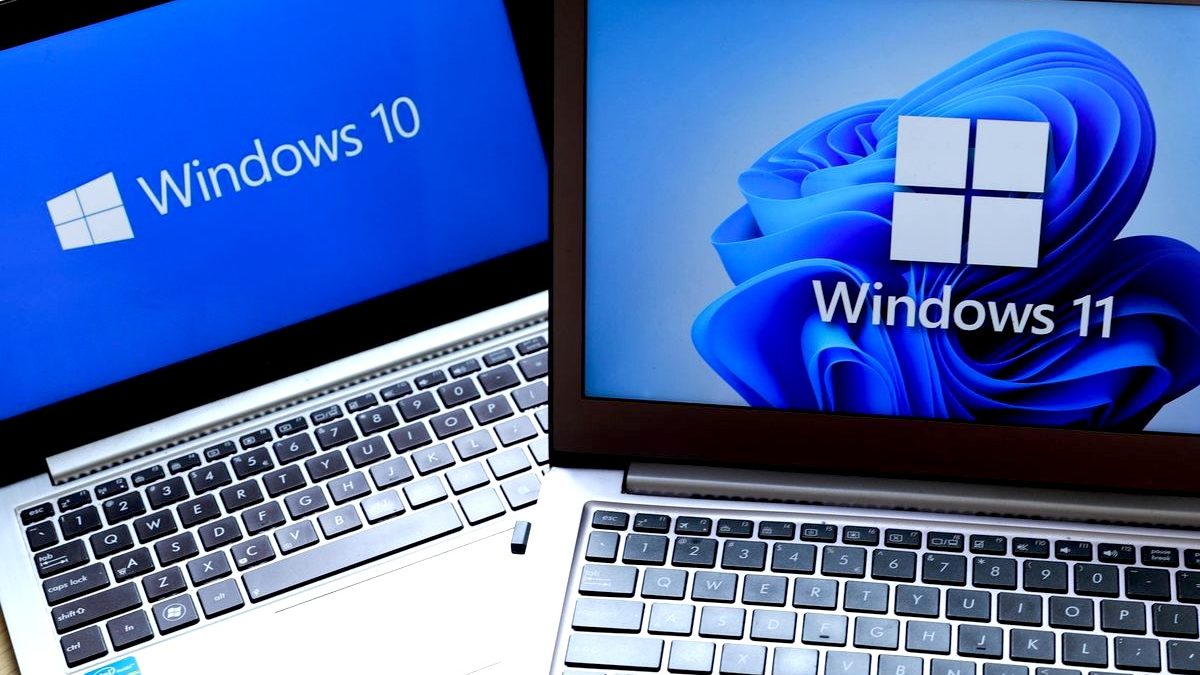
Evaluating Your Personal Situation
The decision facing Windows 10 users depends heavily on individual circumstances. Those with compatible hardware face a relatively straightforward choice: accept the free Windows 11 upgrade or pay for extended security coverage while deciding next steps.
Users with older hardware confront more complex decisions. Purchasing new devices represents a significant expense, particularly when current computers function adequately for daily tasks. The Extended Security Updates program provides breathing room—an extra year to plan while maintaining basic security protections.
For privacy-conscious users, the increased Microsoft account requirements may factor into decision-making processes. Some may explore alternative operating systems like Linux distributions, which can extend the useful life of older hardware without vendor-imposed account requirements.
Environmental considerations add another dimension. The potential for millions of functional computers entering waste streams raises legitimate concerns about electronic waste and resource consumption. Organizations advocating for right-to-repair legislation view this situation as emblematic of broader industry practices that prioritize upgrade cycles over device longevity.
Microsoft’s position balances security imperatives against user convenience and environmental impact. Supporting older operating systems indefinitely creates security risks as vulnerabilities accumulate, yet aggressive upgrade cycles contribute to electronic waste and consumer frustration. The Extended Security Updates program represents a middle ground, though its limited duration and costs may not satisfy all stakeholders.
Whatever path you choose, acting before October 14 ensures you maintain security protections without interruption. Waiting until after the deadline leaves devices vulnerable during the period required to implement your chosen solution.
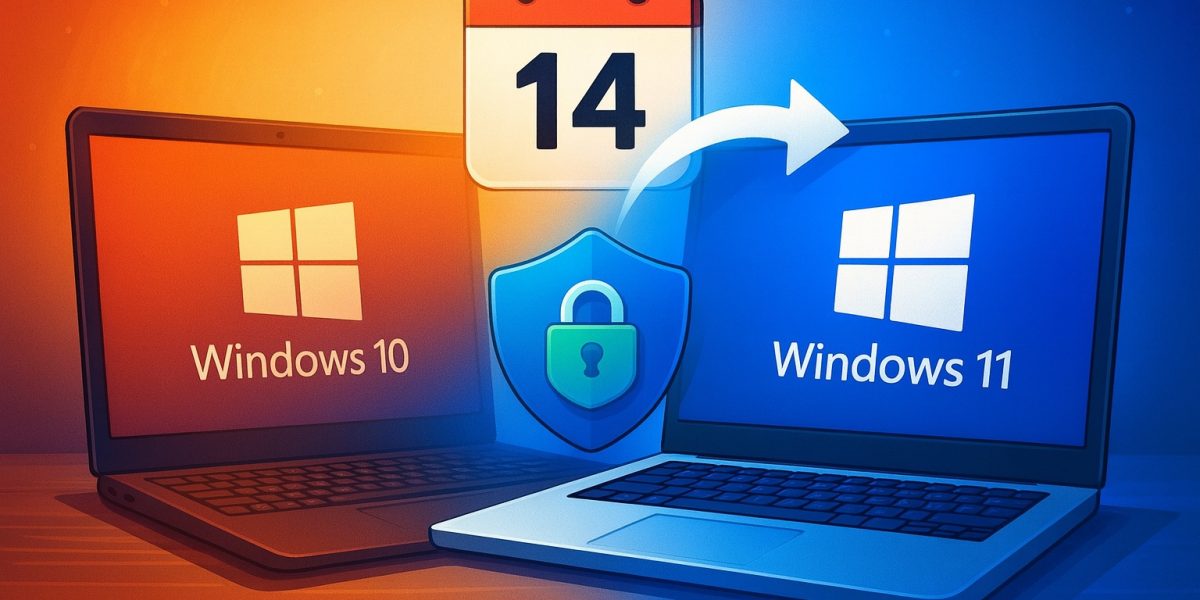
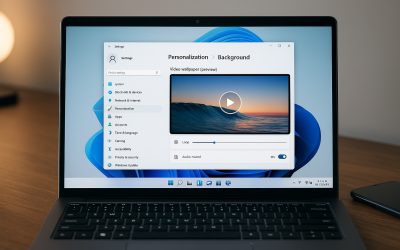

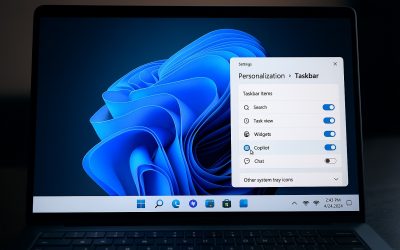
Post a comment